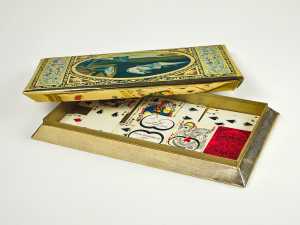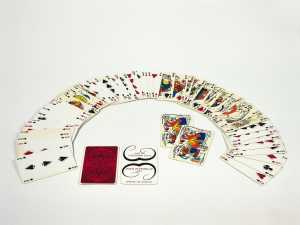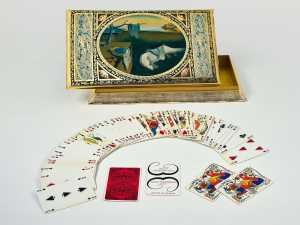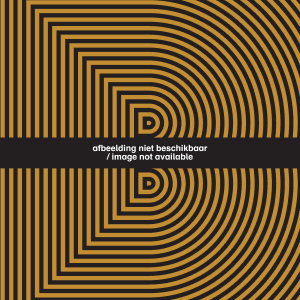Specifications
| Title | Chocolate Box |
|---|---|
| Material and technique | Offset, die-stamp printing and gold foil on cardboard |
| Object type |
Box
> Packaging
> Utensil
|
| Location | This object is in storage |
| Dimensions |
Height 4,6 cm Width 34 cm Depth 18,6 cm |
|---|---|
| Artists |
Designer:
Salvador Dalí
Producer: Anoniem |
| Accession number | V 3122 (KN&V) |
| Department | Applied Arts & Design |
| Creation date | in 1967 |
| Entitled parties | © Salvador Dalí, Fundación Gala-Salvador Dalí, c/o Pictoright Amsterdam 2022 |
| Internal exhibitions |
Collectie - surrealisme (2017) |
| External exhibitions |
Dal nulla al sogno (2018) |
| Research |
Show research A dream collection - Surrealism in Museum Boijmans Van Beuningen |
| Material | |
| Object | |
| Technique |
Offset print
> Mechanical
> Planographic printing
> Printing technique
> Technique
> Material and technique
Relief print
> Manual
> Relief printing techniques
> Printing technique
> Technique
> Material and technique
|
Do you have corrections or additional information about this work? Please, send us a message




























